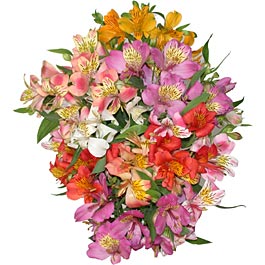Introduction:
In spite of the great changes that occurred at the reign of Queen Victoria, Victorian poetry was, in a nutshell, a continuation of the Romantic Movement. But there were certain distinctive characteristics.
Doubts and Disbelief in the Religious Authority of the Church:
The growth of materialism began to produce doubts and disbelief in the religious authority of the Church. Three great poets of this age—Tennyson, Browning, and Arnold did much to comfort and sooth these doubts. Tennyson, the representative pact of the age, was capable of celebrating the energy and resolution of his century in Ulysses, and. yet as The Lotos Eaters shows he could vividly interpret the pessimism and inertia which was a subconscious reaction to the conscious authoritarian spirit. Browning represented the optimistic philosophy of the ‘Victorians. However he was interested chiefly in the exploration of characters. His dramatic monologues deal with eccentrics like artists, ‘frauds, and scholars as they reveal their spiritual dilemma. Arnold was religious by nature but skeptical of dogma. Dismayed by theological disputes and worried by threatened anarchy, he tried to revive the Greek spirit, protested against the lack of real culture, and deplored the current materialism. His major poems also voice a pessimistic note.
Challenging Stern Moral Earnestness:
There were also some poets who played upon the doubts experienced by the people. They were Edward Fitzgerald, James Thomson, and Arthur Hugh Cough. Victorian industrialism and commercialism particularly provoked poets like Fitzgerald whose Omar Khayyam expressed sentiments that ran counter to the stern moral earnestness of the Victorian ethos.
Aesthetic Pleasure:
The age also produced a new school of aesthetic poets called the Pre-Raphaelites who wrote poetry for the aesthetic pleasure of its word-pictures, not as a vehicle of prophesies or instruction. These included Rossetti, Morris, and Swinburne. Rossetti and his friends tried to redeem art from commercialism and vulgarity. The Pre-Raphaelite Movement against typical Victorian values amounts to a second-wave of Romanticism in the latter half of the Victorian Age.
Symbolism for Direct Statement:
In the last decade of Victoria’s reign there arose another movement to upset moral conventions and to extol sensual pleasures, introducing symbolism for direct statement. This trend is found in the poems of Oscar Wilde, Arthur Symons, and Ernest Dowson who are sometimes called the Decadents. They may, perhaps, also be called the first of the Moderns.
Conclusion:
Despite of the different schools, Victorian poetry proves to be a continuation of Romantic mood both in theme and ideology with a modern concept of word formations. But who can miss the Tennysonian lines from Idylls of the King, "The Passing of Arthur" where he says with great morose the hard changed times:
“The days darken round me, and the years,
Among new men, strange faces, other minds.”
Ardhendu De


Comments
Post a Comment
Drop any query, suggestion or comment here.